
Nocturnal parasite, all stages feeding on mammalian blood, principally human but also dog, cat or rodents.Hide by day in crevices in beds, furniture, wallpaper, skirting boards and emerge when hungry, usually every few days, to feed.
Egg - nymph - adult. Eggs - up to 200, possibly more, laid at a rate of 4-5 a day glued in crevices and harbourages. Eggs white with cap. Only hatch above 13°C. Nymphs - 5 moults, taking from a few weeks to several months depending on food supply and conditions. Adults - wingless, flattened unless recently fed, about 6mm long.
Bites may cause severe allergic reaction but not a known disease carrier.May cause severe anxiety, even months after removal.Infestations occur within hotels, hostels and domestic homes.
Application of residual insecticide to all known harbourages, flooring, walls, bed frames, cupboards, cracks and crevices etc. Only to be undertaken by qualified technicians.
A bed bug can survive for up to 15 months without feeding. Half of the human population show no physical signs to bed bug bites. Before feeding, bed bugs inject an anesthetic in to the host so no pain is felt.
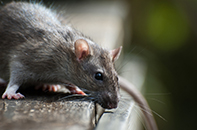
NORWAY BROWN RAT Rat of the developed urban environment, largely in developed towns and cities. Generally a burrowing species but can be found in buildings and...
Read More
HOUSE MOUSECommon in a wide range of urban and rural buildings all over UK. Mainly a house dweller, it lives very little out of doors where it does not compete well with...
Read More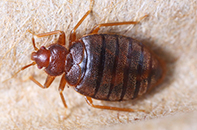
BED BUGNocturnal parasite, all stages feeding on mammalian blood, principally human but also dog, cat or rodents. Hide by day in crevices in beds...
Read More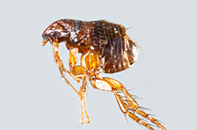
FLEAParasitic as adults, adapted to living among the fur of the host and feeding on its blood. Soft furnishing. Larvae live on floor in bedding of host...
Read More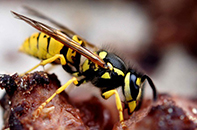
COMMON WASPTemperate species forming nests in soil banks, roof spaces, wall cavities and trees. Nests formed of paper (chewed wood) and may become very large....
Read More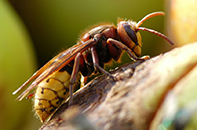
EUROPEAN HORNETTemperate species forming nests in wooded areas, wall cavities and trees. Nests formed of paper (chewed wood) and become very large. Colonies only....
Read More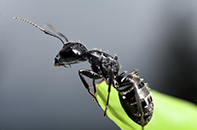
BLACK ANTTemperate species living in soil or in association with dwellings. Form nests in gardens, under paving stones, in foundations or occasionally within...
Read More
PHARAOH'S ANTTropical species found only in heated buildings in the UK. Small, mobile and active at all times of the day. Form large, apparently unstructured, nests in....
Read More
GERMAN COCKROACHPrimarily nocturnal, a pest of warm, humid conditions. Found in the UK only in heated buildings, not normally outside or in underground...
Read More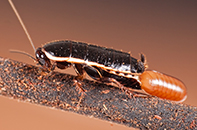
ORIENTAL COCKROACHPrimarily nocturnal, a pest of warm environments but tolerant of colder conditions. Nymphs and adults cluster in groups in harbourages...
Read More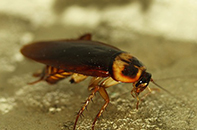
AMERICAN COCKROACHPrimarily nocturnal, a pest of warm, humid conditions. Found in the UK only in heated buildings, not normally outside or in underground heating...
Read More
CLUSTER FLYAdults live harmlessly out doors during summer but may enter buildings (usually roof spaces and lofts but also through windows into rooms) in autumn....
Read More